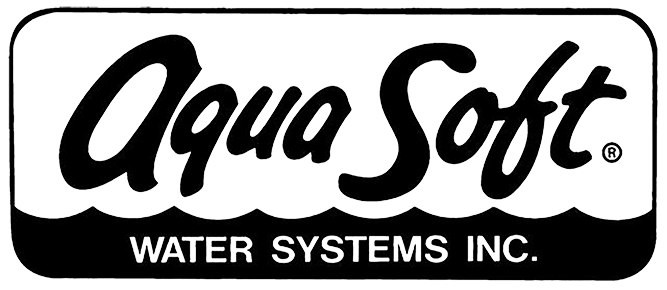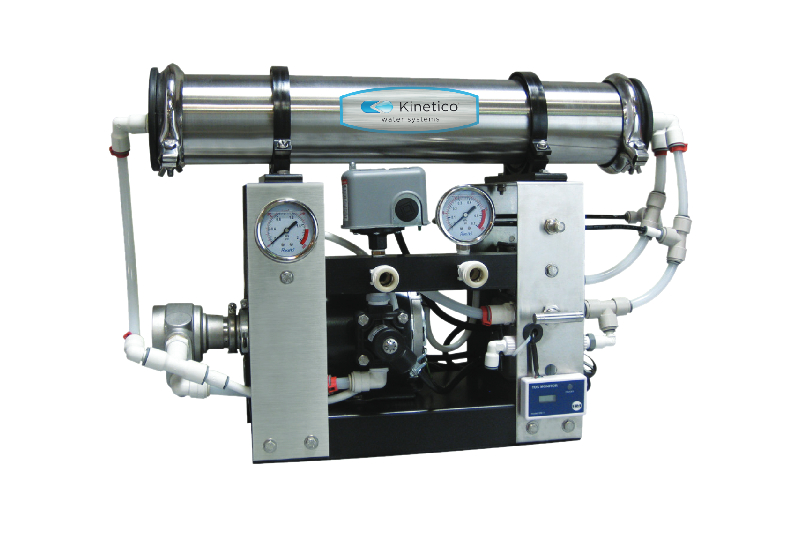Is reverse osmosis for well water the right treatment for you? Although a reverse osmosis (RO) system is an effective solution for safe drinking water, it may not be suited for your home or budget. Here is a guide to help you decide between a whole-house RO filtration system and alternative water treatment systems.
Water Demand
Reverse osmosis systems help to provide clean water for your home. If your water is coming from the city (municipal water supply), it can contain harmful bacteria that RO systems can reduce. However, water that comes from a private well will contain harmful contaminants along with bacteria. A RO system can treat these water contaminants. However, if your water contains heavier metals such as arsenic, you may need a system that can disinfect the water before you consider a RO system.
Water Pressure
A reverse osmosis membrane uses water pressure to clean water. You will need a water pressure system that is more than 40 psi for the RO system to work effectively. A higher water pressure is especially essential if your well water contains harder water contaminants. Increase your water pressure to meet this requirement by adjusting your tank’s water pressure.
Budget
The process of an RO system will depend on where you are installing it. Whole-house RO systems can cost quite a lot as they are more complex. Under-sink RO systems may cost a bit less. When budgeting for an RO system, remember to also take into account these factors:
- The installation cost
- Total cost of the system
- Maintenance costs
- The cost of additional water supplies if included, such as a booster pump, storage tank, or a pretreatment system
It’s best to speak to a professional when budgeting for an RO system. If you find it too costly, try to choose a supplier that offers affordable systems such as Aqua Soft Water Systems.
Installation
The installation will also depend on where you are installing the RO system. If you plan on installing an under-sink RO system, you won’t have much difficulty as they are easy to install. Some RO systems might require a dedicated faucet and drain connection. It may be a challenge in some homes. You might have to drill a hole in cabinets or countertops if needed. It is best to consult a plumber or water treatment specialist, such as the experts at Aqua Soft Water Systems, who will help you to find a water solution that fits your home.
Contaminant Removal
As we mentioned, an RO system may not fully remove contaminants from water. RO water filtration systems use water to carry contaminants to the drain, but an additional permeate pump may be needed to turn it into clean drinking water. Most systems come with permeate pumps, but you may need to install these separately.
Maintenance Requirements
After installing an RO system, you’ll need to budget for ongoing maintenance costs. Performing maintenance will help to ensure you receive clean well water for years to come. The cost of maintenance will depend on your RO system. You’ll need replacement membranes every two years or so, while filters should be replaced every year. It is well worth the cost of clean water, and with regular maintenance, your RO system can last for about 20 years (or maybe longer!).
If you are looking for a RO system that suits your budget or help with installation, Aqua Soft Water Systems is here to help! We provide high-quality RO systems and yearly service plans.
If you need reverse osmosis for well water or other water treatment systems, contact our team or browse our water treatment solutions online!


